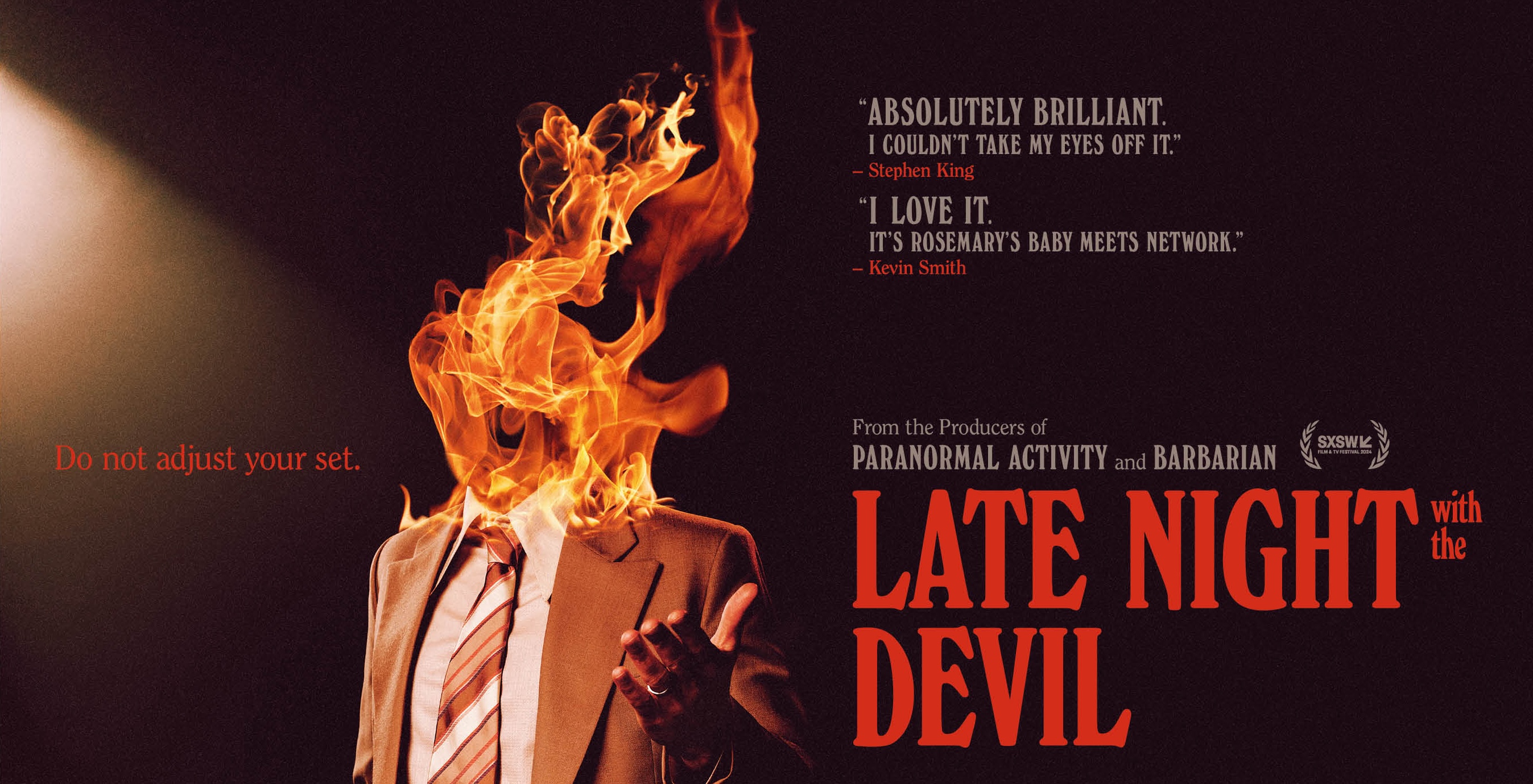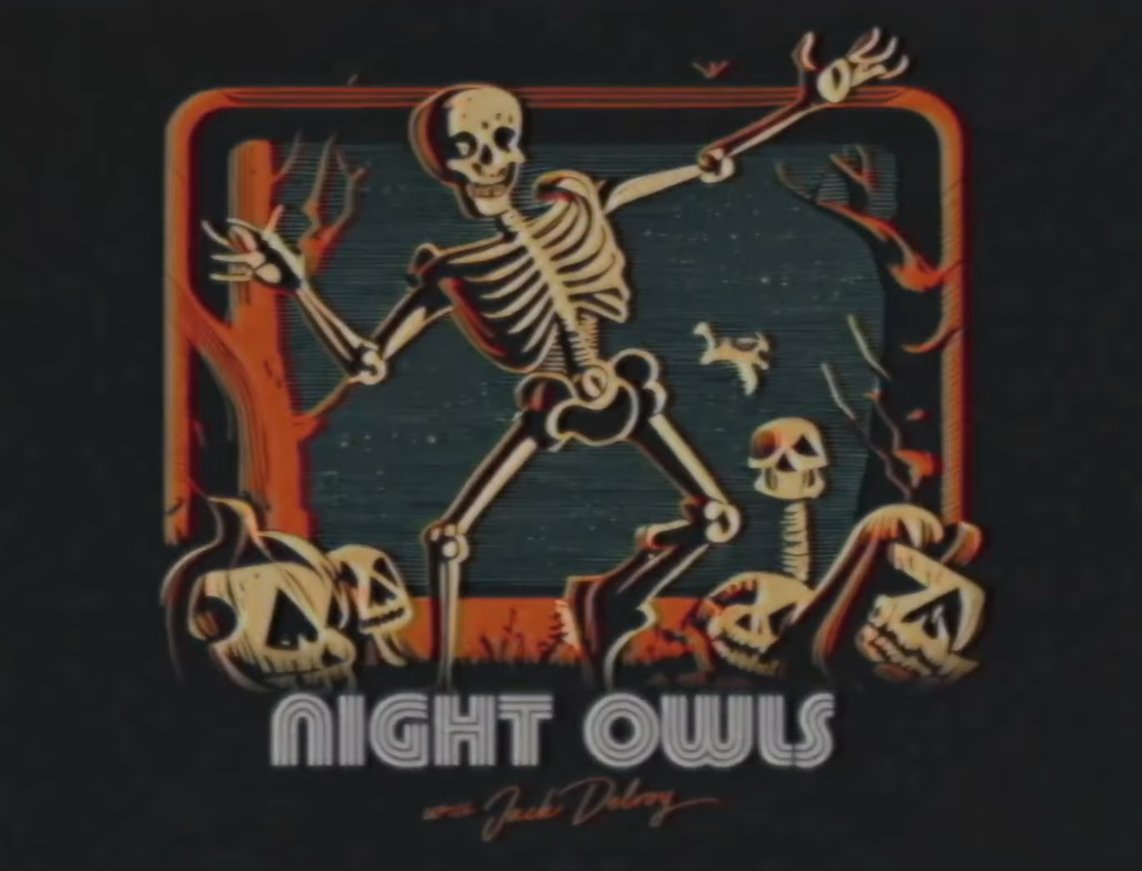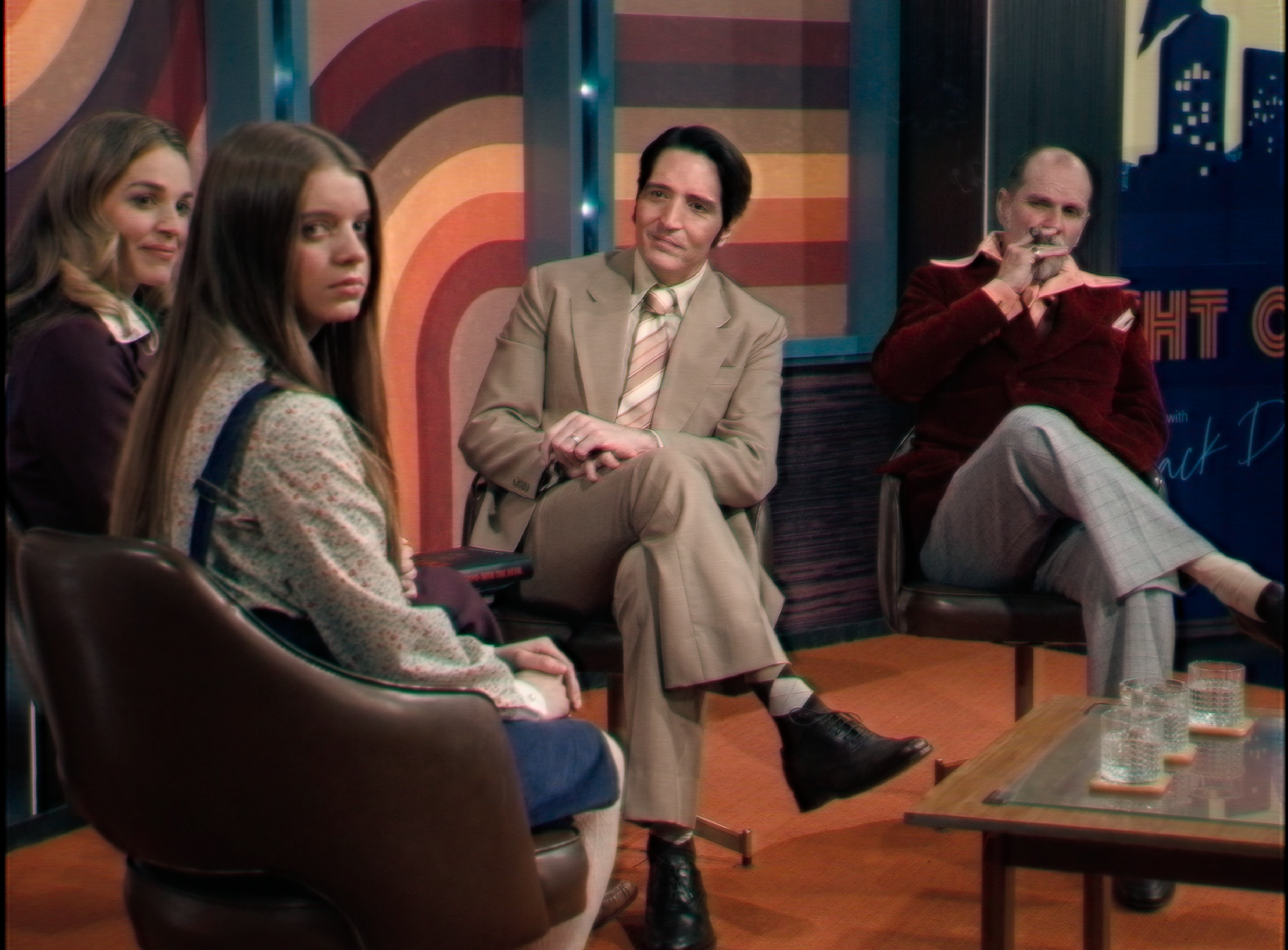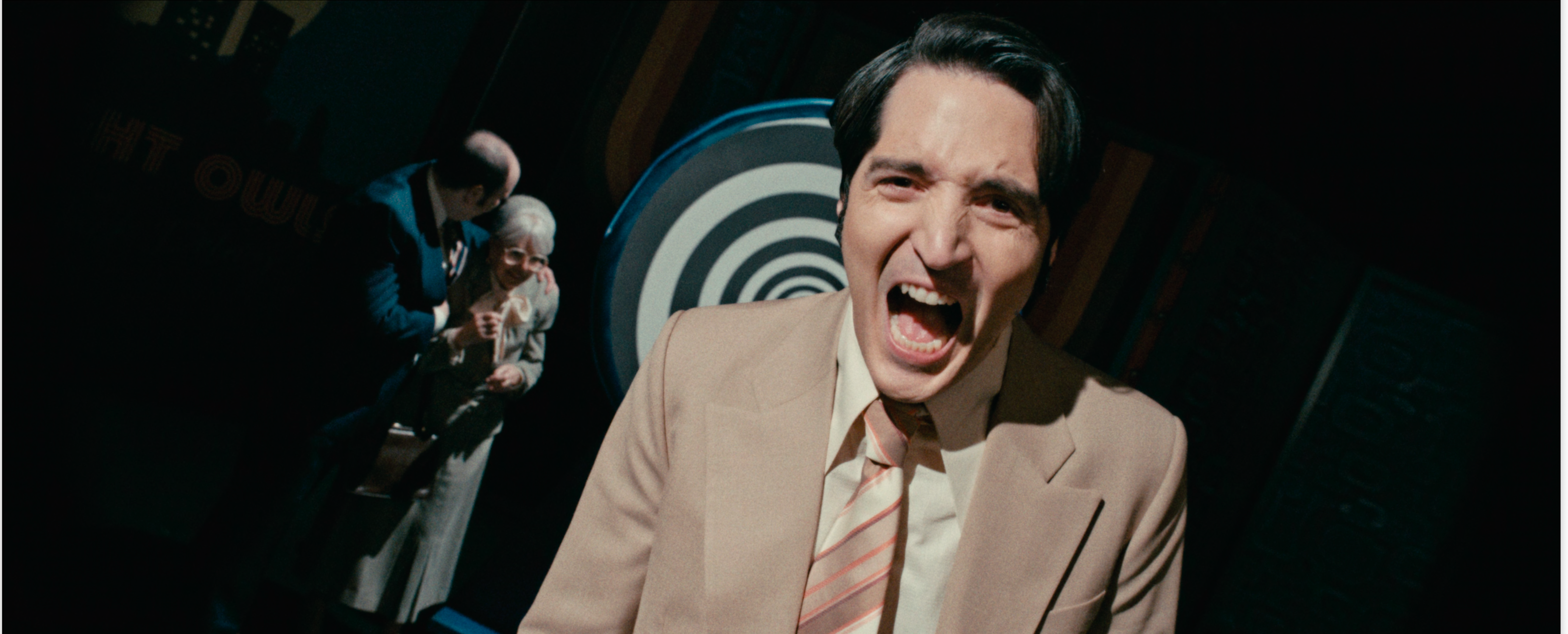A-I-A-I-Oh! LATE NIGHT WITH THE DEVIL and the Nature of the Beast

It is not hyperbole to state that Late Night with the Devil is the best horror film released in this (admittedly young) calendar year. The film is fresh, yet familiar – channelling a look and feel of classic era Johnny Carson style late night TV, while feeling exciting and new. The scares are fantastic, the effects are extremely well done, and the studio set makes for a fantastic single setting horror film.
Yet, this week, only a few short days before the film’s release, the discourse has turned from a deserved buzz to a (perhaps equally deserved) call for boycott. Sparked initially by a Letterboxd review, the filmmakers have been accused of utilizing AI for some of the artwork contained in the film. Without hesitation or deception, the filmmakers noted that 3 image cards used in the film were originally generated with AI before being touched up for use in the film. Of course, use of AI in film and the greater world of art has been an important conversation in both the public arena and the recent union negotiations with SAG-AFTRA and WGA. It is extremely fair for those voicing concern about the use of AI to be loud about it, while it’s also important to contextualize what exactly is going on in terms of its use with the upcoming horror film that’s set to release tomorrow, March 22nd, 2024.

The (above) image that is currently circulating as a primary example of the AI used in the film is not an integral piece of the film, but rather a title card that is briefly shown coming in and out of “commercial” breaks for the fictional television station that the late night show central to the film is taking place on. In other words, it’s not a necessary piece of the film’s puzzle – which means that it could have been easily replaced, an argument that multiple sides of the argument could use to bolster their position. One could argue that the replaceable nature of the artwork lends credit to the fact that it would be easy to have simply hired an artist to create another title card. Another could argue that the replaceable nature of the artwork shows that it’s not a dealbreaker and that the film isn’t abusing the technology because it’s of little consequence, especially in light of the fact the art department presumably signed off on it. The actuality of the matter is that there are far too many shades of gray to simply consider this a black and white discussion.
Is using AI to replace artists wrong? Of course. Is that what the filmmakers did? This isn’t as clear. What complicates it more is that this film was made roughly 2 years ago, in a time where the AI discussion was far different and less developed. It goes to reason that the filmmakers did not use AI to simply cut corners, but were – instead – using the technology they had to help build out the film. In hindsight, considering both the backlash happening now and the developing ethics around use of AI, the filmmakers would likely have replaced the 3 confirmed AI images in the film with artist renderings. In fact, it would not be surprising if the images are replaced before the film releases on streaming next month. However, as it stands, the film is set to open on screens tomorrow with the images remaining in place.

Choosing to boycott the film is certainly an option, though it also is a choice to not support the 100+ people that made the film and put their artistic efforts into it. Supporting the film is also an option, but there is a complicated moral dilemma in that, as well. Much of the discourse online seems to suggest that its a black and white decision, that there is one ethically correct way to handle it and that supporting the film is a “spineless” choice. Yet, it seems much more clear that if one employs logic rather than simply acting emotionally, it’s a far more nuanced discussion.
How you, the reader and genre film appreciator, respond is a personal choice that you should feel no shame in either way. If you want to go see a horror film – and, one that this particular reviewer genuinely believes is fantastic in virtually every way – then, do so. If you want to boycott the film, you can choose to do that, whether loudly or quietly. Whichever you choose, know that the politics of AI certainly do matter and the discussion surrounding them will continue to evolve as the technology continues to develop.

Open minds, open discussions, and appreciation of artists needs to be center stage. And, to be clear, this is a film that has a world of great artists and artistry on display, as well. Divorced from this conversation, the film itself is a highly recommended and unique horror gem that is surely to go down as one of the best of the year. In light of the conversation, it’s important for the filmgoer to decide for themself how to handle the ethics of what is being debated in our public art and film forums.





